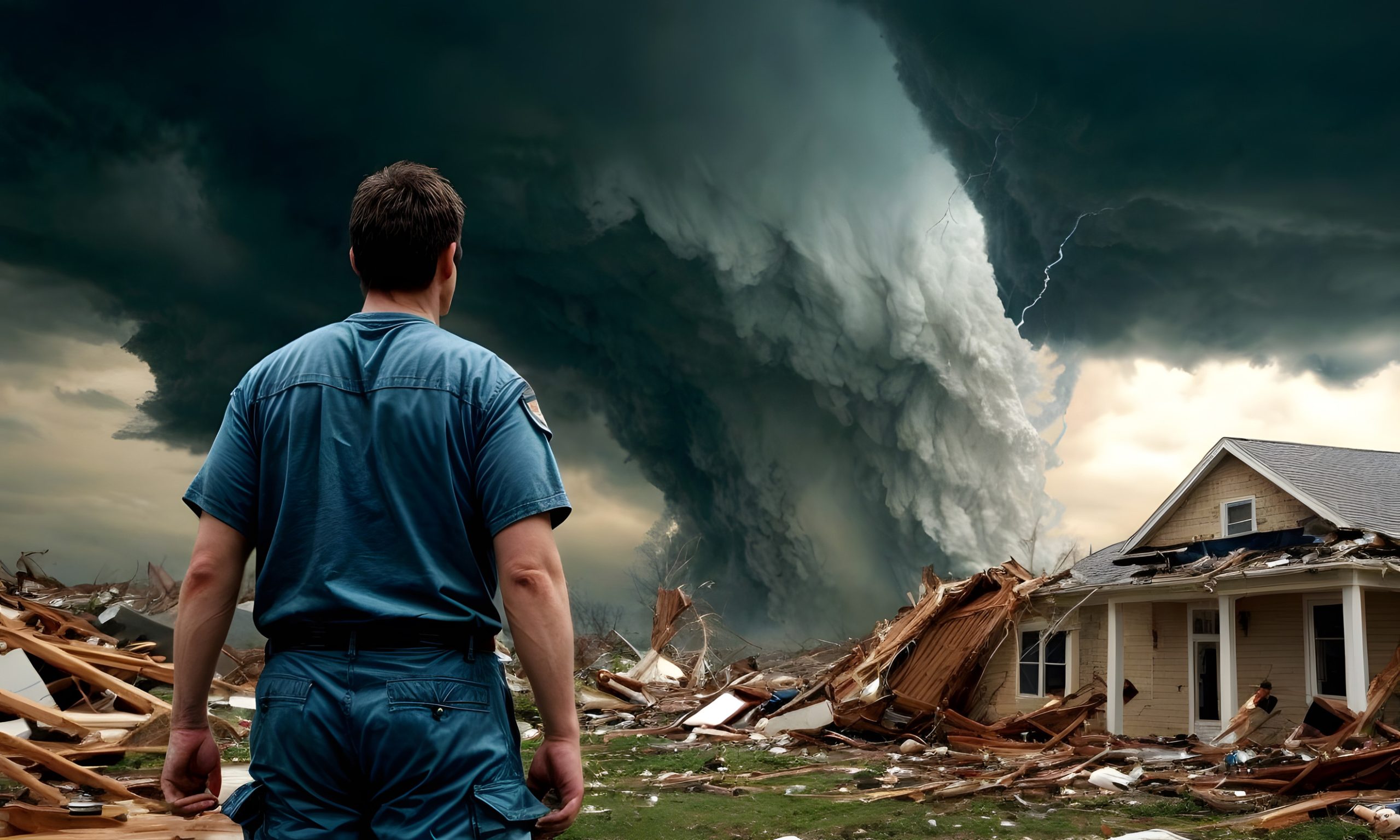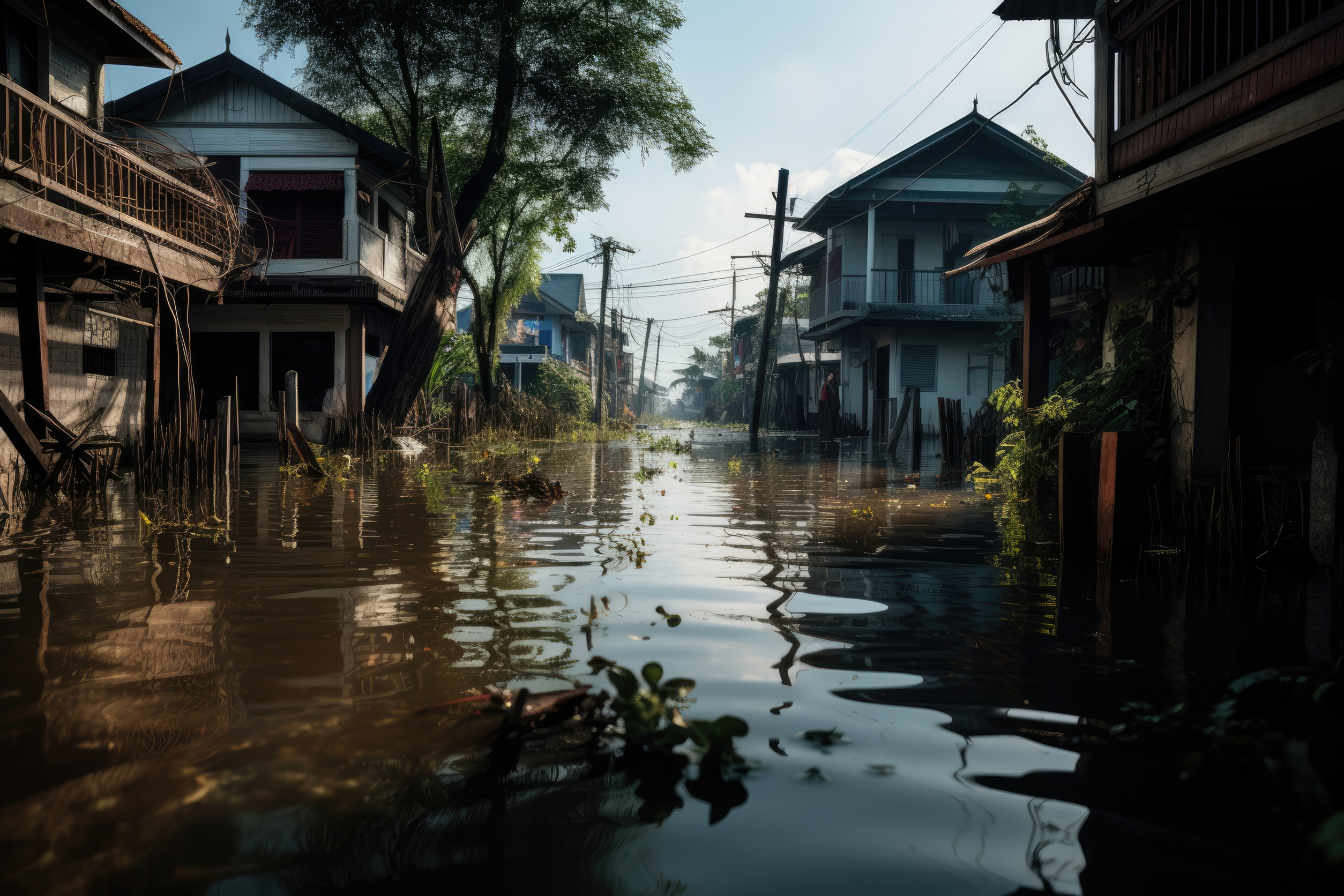The moment breaking news flashes across screens about a massive earthquake, hurricane, or flood, something else starts moving just as quickly: donations. People open their wallets at lightning speed, and charity appeals skyrocket overnight. It feels almost automatic, like a collective instinct to help.
But what actually fuels this surge in generosity? It’s not just kindness—it’s psychology, urgency, and the power of human connection.
The Power of Urgency
When disaster strikes, the need is immediate, and people sense it. Donors are moved by the idea that their contribution can make a difference right now, not weeks from now. Charities capitalize on this by highlighting urgent appeals, often stressing how every hour counts. That ticking-clock effect pushes people to act quickly before the moment passes. Urgency transforms potential givers into instant givers.
Media’s Role in Amplifying Emotion
Nonstop coverage of wrecked homes, stranded families, and rescue efforts can pull at heartstrings in powerful ways. News outlets pump images and stories into living rooms and phones, creating a direct emotional link to those suffering. This constant exposure makes the crisis feel personal, even if it’s happening halfway across the globe. Charities often step right into that media wave with targeted appeals. The result is a surge in donations fueled by a mix of empathy and visibility.
Social Media Supercharges the Message
Social platforms turn charity appeals viral in seconds. A single emotional post, video, or hashtag campaign can reach millions before a news anchor finishes a segment. Seeing friends, influencers, and celebrities give amplifies peer pressure in a positive way. It’s no longer just about the disaster—it’s about joining a movement. In that moment, giving feels like both a responsibility and a badge of solidarity.
The Empathy Trigger
Natural disasters often highlight suffering in a raw, unfiltered way. Viewers can instantly imagine themselves or their loved ones in that situation, which activates empathy on a deep level. This emotional jolt makes it hard to stay passive, turning compassion into action. Empathy acts as the invisible spark that ignites mass generosity. Without it, appeals wouldn’t surge as dramatically.
The Trust Factor
After major disasters, big-name charities often dominate the donation space. Donors are more likely to give when they trust that their money will actually reach victims. Familiar organizations like the Red Cross, UNICEF, or Doctors Without Borders benefit from this surge of confidence. The combination of urgency and brand recognition creates a powerful magnet for funds. Trust isn’t just comforting—it’s a catalyst for quick action.
Shared Human Identity
When people see others struggling in disaster zones, they feel part of a larger human family. This sense of shared identity cuts through boundaries of nationality, culture, or distance. It turns strangers into neighbors in the blink of an eye. Giving becomes more than charity—it’s solidarity. That sense of “we’re all in this together” pushes donation numbers higher than normal campaigns ever could.
Emotional Storytelling Wins
Charities that focus on personal stories, rather than broad statistics, often see the biggest spikes. A single child rescued from rubble or a family finding shelter resonates more than abstract numbers. Stories humanize the crisis and give donors a face to connect with. This makes generosity feel less like a transaction and more like helping a friend. Storytelling transforms data into impact.
The Snowball Effect
Once donations start rolling in, momentum builds fast. Early givers inspire others, creating a ripple effect across communities and social networks. This snowball grows with each share, news update, or public endorsement. Charities harness this momentum to keep appeals fresh and urgent. It’s a feedback loop where generosity fuels more generosity.
Why Timing Matters
The first 72 hours after a disaster are critical for fundraising. During this window, emotions run highest, media coverage is nonstop, and needs are the most visible. Charities know this and launch appeals immediately to capture peak attention. Donations often taper off once headlines fade, proving just how tied giving is to timing. Acting fast makes all the difference in donation surges.
The Human Heart in Action
The reason charity appeals surge after natural disasters isn’t a mystery—it’s a combination of urgency, empathy, trust, and timing. Disasters strip life down to its rawest form, and people respond with raw generosity. It’s proof that even in the darkest moments, humanity’s instinct to help shines the brightest.
You are now encouraged to share your thoughts below—what moves you most when deciding to give after a crisis? Add your voice and keep the conversation going.
You May Also Like…
Why Charity Watchdogs Are Calling Out Misused Donations
What Happens When Charities Partner With For-Profit Companies
6 State Rules That Can Void Your Insurance After a Natural Disaster
10 Family Savings Plans That Ended in Disaster
10 Social Media Money Challenges That Became Legal Nightmares


